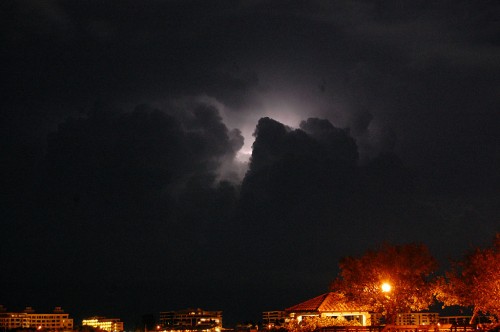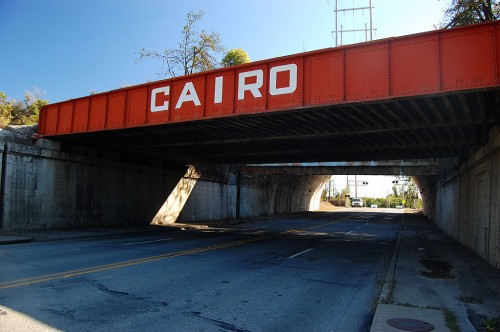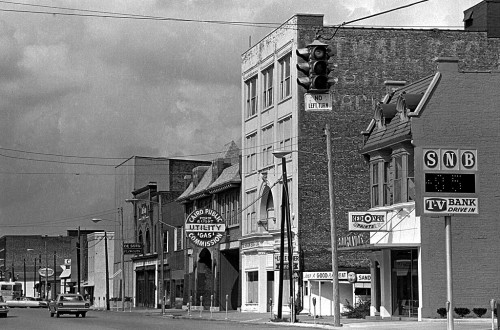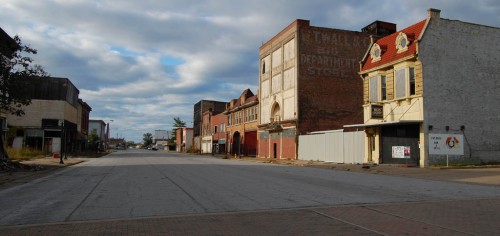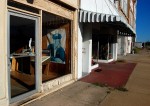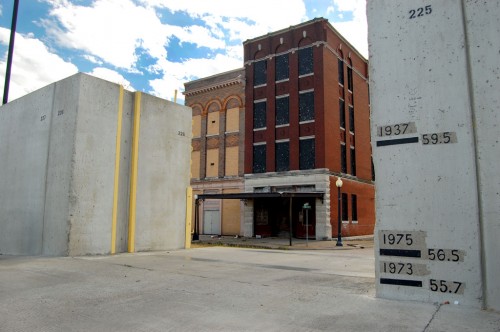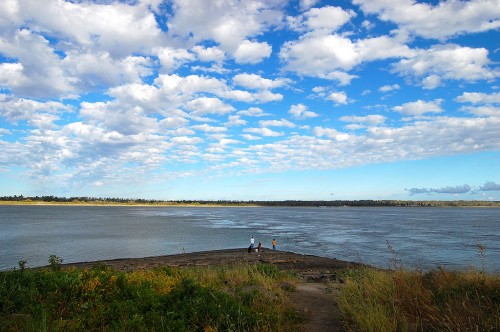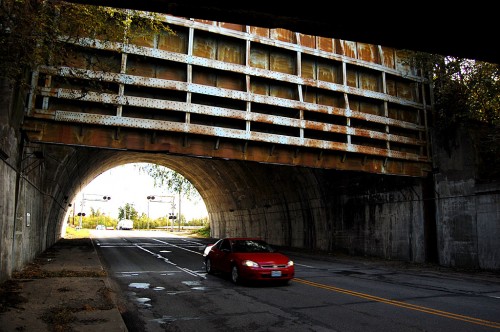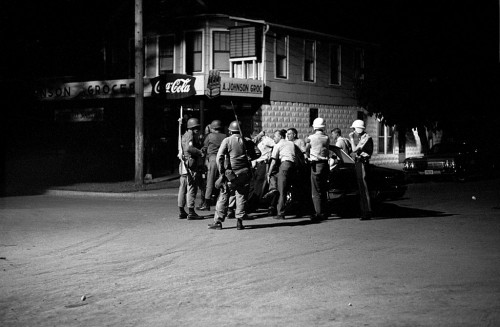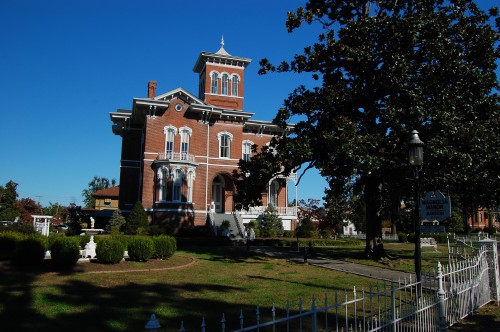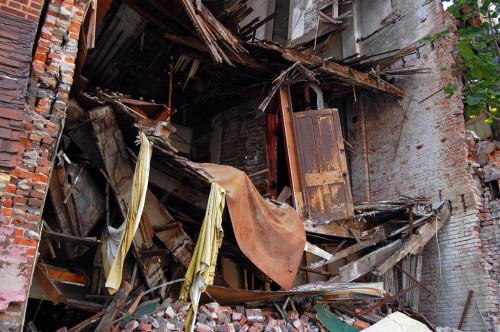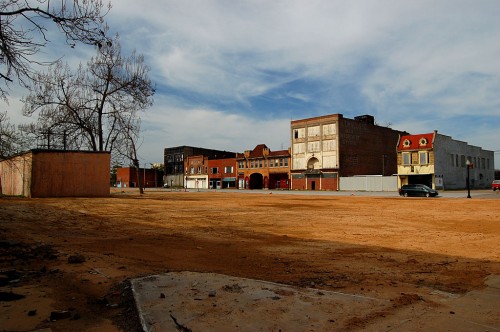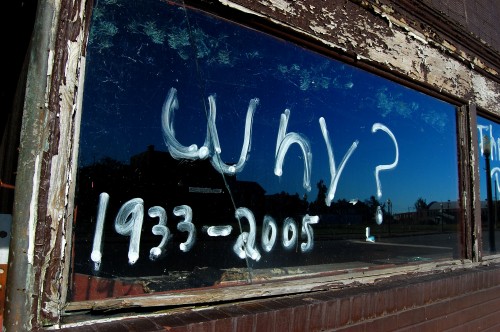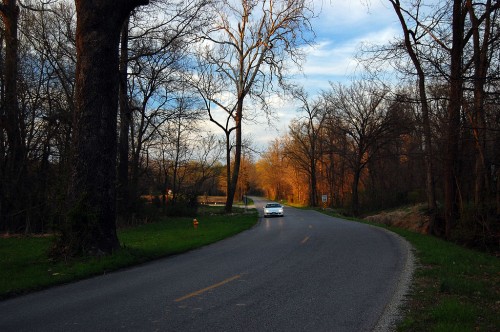 One of the last scenic roads leading into Cape Girardeau is Bloomfield Rd. When I wrote about a spring alongside the road near Elmwood Apr. 2, 2010, and ran this photo, I wrote under it, “This view, by the way, is the reason Bloomfield Road SHOULDN’T be widened. There should be some roads left that let us appreciate what the area was like before it became paved over. If the road isn’t fast enough for you, then don’t move out there. Ditto Route W. OK, rant off.”
One of the last scenic roads leading into Cape Girardeau is Bloomfield Rd. When I wrote about a spring alongside the road near Elmwood Apr. 2, 2010, and ran this photo, I wrote under it, “This view, by the way, is the reason Bloomfield Road SHOULDN’T be widened. There should be some roads left that let us appreciate what the area was like before it became paved over. If the road isn’t fast enough for you, then don’t move out there. Ditto Route W. OK, rant off.”
Public Meeting May 26
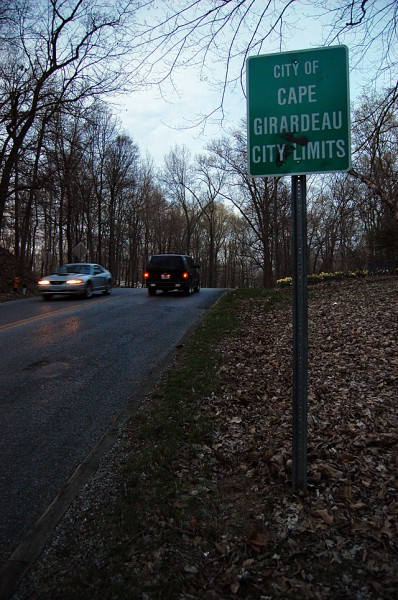 I happened to see this “Bloomfield Road Improvement Meeting May 26” announcement on the city’s website. Now, when I see something labeled “Improvement,” that’s a signal that it’s a done deal, even without the meeting.
I happened to see this “Bloomfield Road Improvement Meeting May 26” announcement on the city’s website. Now, when I see something labeled “Improvement,” that’s a signal that it’s a done deal, even without the meeting.
For some of us, widening the road, increasing the speed limits and cutting down the canopy of trees that makes Bloomfield Road special isn’t an “improvement.”
Here’s the full announcement:
Phases 4 and 5 of the Bloomfield Road Improvement Project will be discussed during a public meeting on Thursday, May 26 at 6:30 p.m., at the Osage Centre.
Information will be provided regarding traffic control during phase 4. Affected areas include Bloomfield Road between Stonebridge Drive to just south of the Benton Hill Road intersection. Phase 4 construction is slated to begin mid-June, with utility relocation occurring prior.
Citizen input is requested regarding phase 5, which includes Bloomfield Road west of the Benton Hill Road intersection to White Oaks Lane.
How long before it is Mount Auburnized?
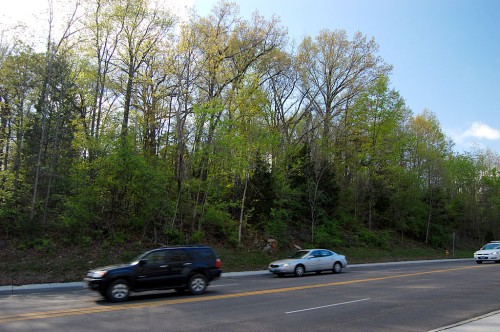 When Mount Auburn Road was proposed to link Hopper and Gordonville Roads in 1961, it was billed as “scenic route west of Cape.” Before long, it turned into a four-lane expressway that gobbled up the front yards of the homes along it.
When Mount Auburn Road was proposed to link Hopper and Gordonville Roads in 1961, it was billed as “scenic route west of Cape.” Before long, it turned into a four-lane expressway that gobbled up the front yards of the homes along it.
What happens to the Bloomfield Spring?
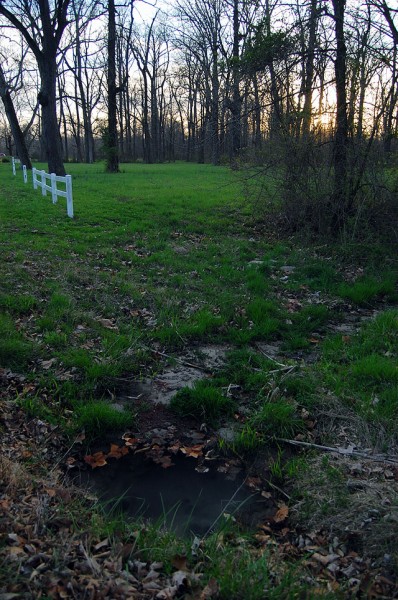 My great-great grandmother, my grandmother and my mother all stopped for water at this spring on their treks from Advance to Cape to go shopping. Some of those trips were made by wagon.
My great-great grandmother, my grandmother and my mother all stopped for water at this spring on their treks from Advance to Cape to go shopping. Some of those trips were made by wagon.
This spring, which refreshed travelers for more than a century is right off the roadway. Will it be lost to future generations?
How about the Elmwood Gates?
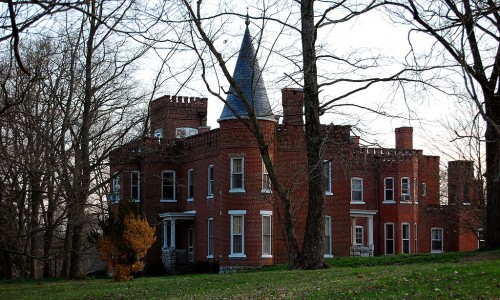 The old gates that guard the entrance to Elmwood aren’t far off the roadway. Will they get taken out this time or will they be around until the road is four-laned?
The old gates that guard the entrance to Elmwood aren’t far off the roadway. Will they get taken out this time or will they be around until the road is four-laned?
Where is Dennis Scivally?
When the first road in Cape County was paved in 1920 – the stretch of South Sprigg called Tollgate Hill – Dennis Scivally, the engineer in charge of the project said, “Several walnut trees had to be cut down, but care will be taken to cut down no trees not absolutely necessary to remove. It is the plan to retain the beauties of the road as well as make it good for traveling over. Along most of the distance are now growing beautiful trees. These will be cared for, underbrush and weeds will be removed, painted signs along the way will be tabooed, as well as signs tacked to trees.”
Where is our Dennis Scivally today?
What can we do?
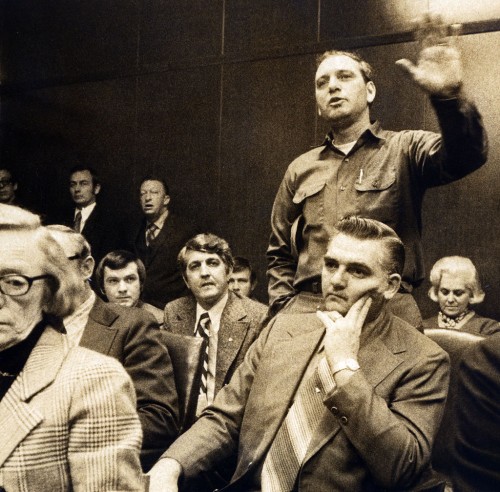 If I was in Cape, I’d show up at the meeting on May 26 at 6:30 p.m. at the Osage Center. I’m sure it’ll be an exercise in futility, but I’d feel better for having given it a try.
If I was in Cape, I’d show up at the meeting on May 26 at 6:30 p.m. at the Osage Center. I’m sure it’ll be an exercise in futility, but I’d feel better for having given it a try.
Just do me a favor: if and when they DO chop down the trees and destroy the spirit of the road forever, put in bike lanes. We might as well win SOMETHING out of it.

